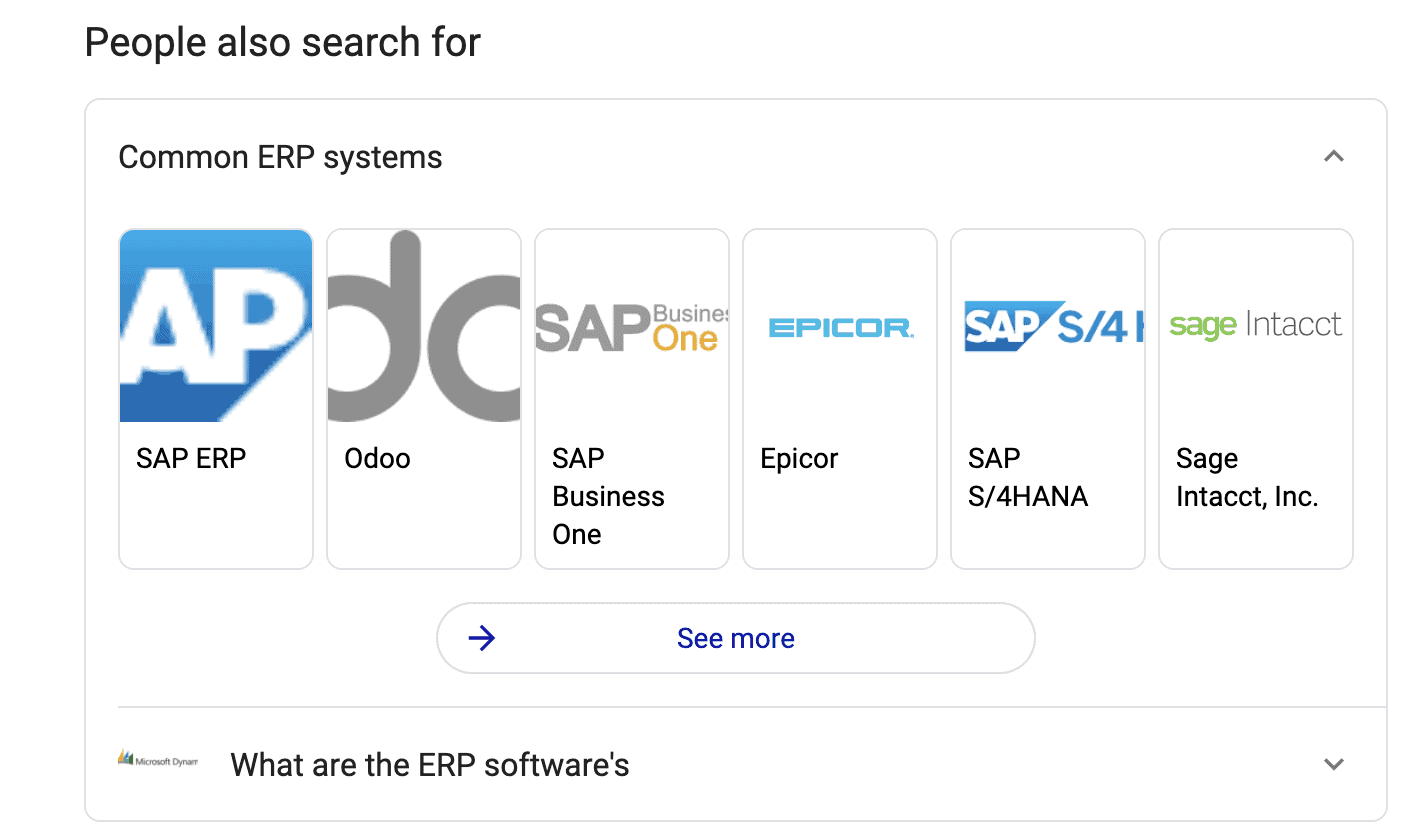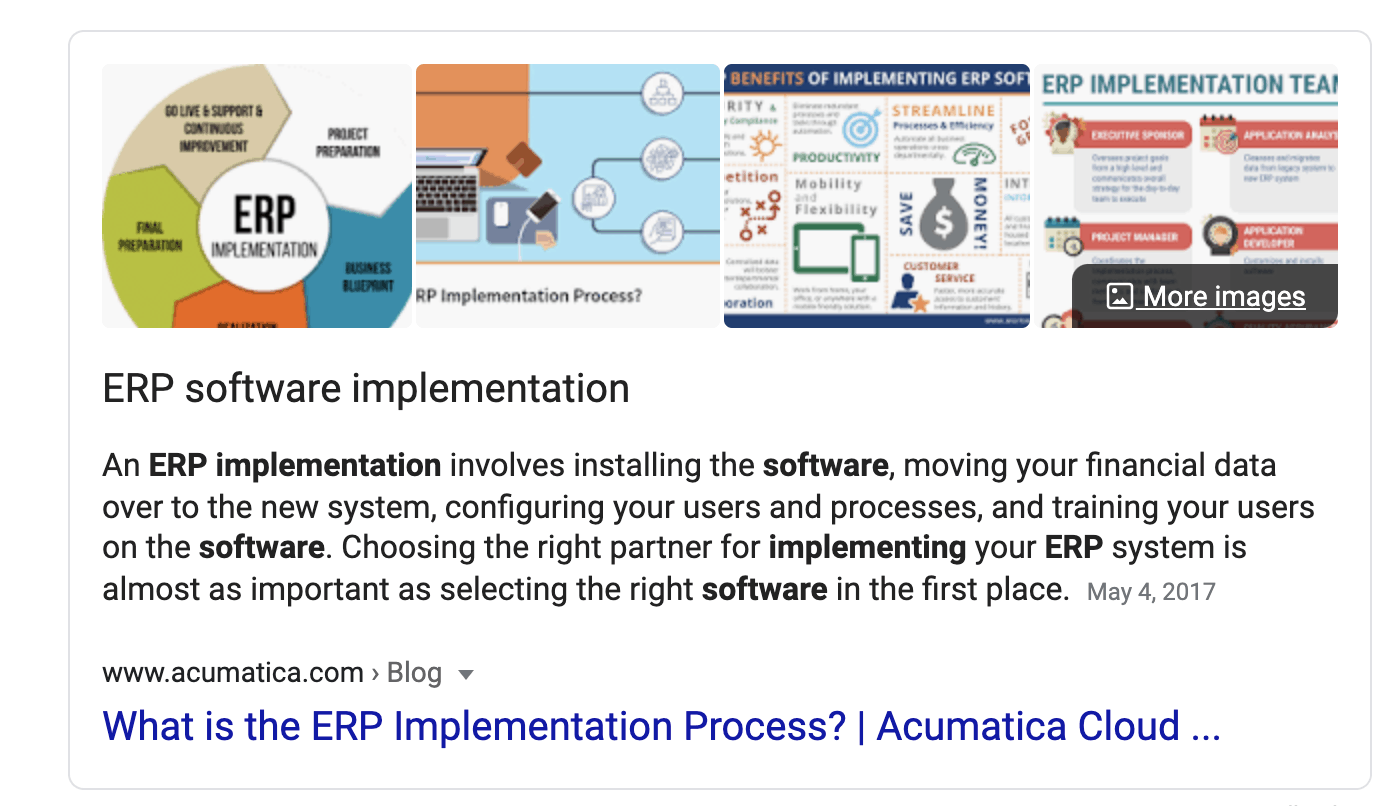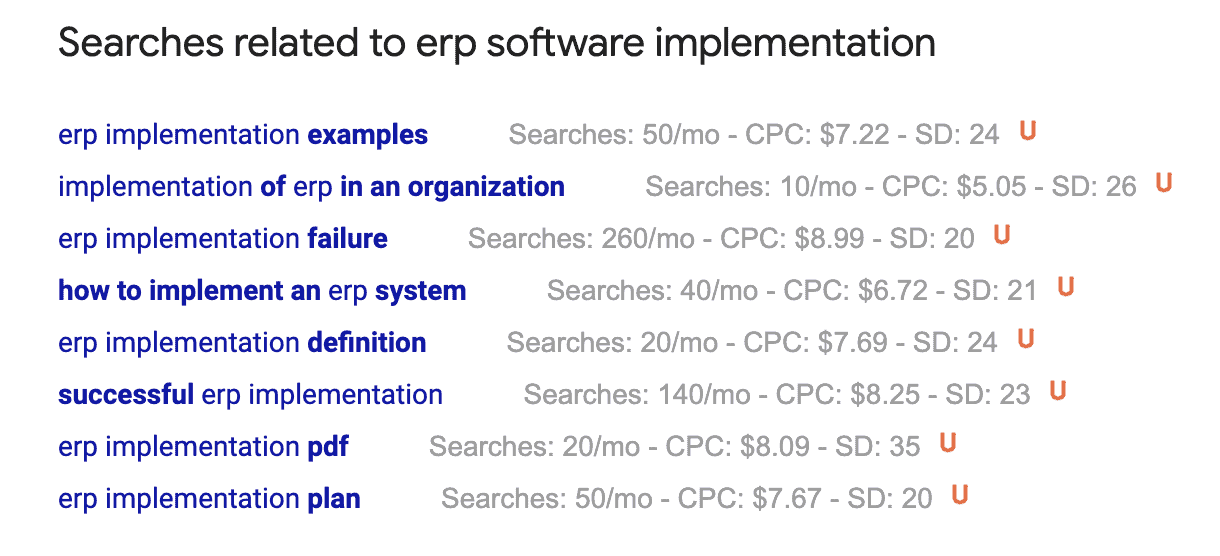I’ll be honest: I don’t love the term “content marketing.”
First, taken at face value, it’s pretty vague. Isn’t all marketing “content”? Could it even be true that all content is marketing? Throwing those two words together doesn’t do much to clarify either of them.
Second, even when you dig in, many common definitions of “content marketing” is so broad as to be unhelpful. Here’s how HubSpot describes it, for example:
“Content marketing is the process of planning, creating, distributing, sharing, and publishing content to reach your target audience. It can boost factors like brand awareness, sales, reach, interactions, and loyalty.”
Okay, so content marketing is the process of… everything marketing-related?
I actually like this definition from Oxford better:
“Content marketing is a type of marketing that involves the creation and sharing of online material (such as videos, blogs, and social media posts) that does not explicitly promote a brand but is intended to stimulate interest in its products or services.”
I think that’s closer to the heart of the term; you can hem and haw about whether or not content has to be online to qualify as content marketing, but the foundational idea of content marketing is that it’s more purposed toward helping and engaging than it is toward direct outreach for sales.
But I’m not here to complain. The bottom-line reality is that, for whatever challenges it has, at its heart content marketing is an effective way to build a business.
(It’s also a popular buzzword and search term, which is, presumably, why you’ve landed on this page in the first place.)
More people search online for solutions than ever before, and strategic content marketing can help you to be found. Plus, when people find you, engaging content can help you to make sales.
So, how should you implement content marketing?
I’m going to lay out a two-part content marketing plan. The first part, which you’re reading now, will cover how to create a basic content marketing strategy for SEO.
The second part will cover how to use content marketing to engage your audience.
Both of these parts are more focused on helping than on direct sales. Taken together, they’ll give you a framework to draw in and engage people with your content – ultimately, leading to sales.
Ready? Let’s do this. Here’s Part 1 of the B2B Tech Content Marketing Plan. It’ll help you to rank for the keywords that matter for your business.
1. Identify the keywords you want to rank for.
The first part of an SEO content marketing strategy is, unsurprisingly, to determine what keywords actually matter for your business. This will set the foundation for the content you create.
Choose three core keywords.
There are a bunch of ways to do keyword research, but, at a bottom-line level, there are two main factors you should be concerned with: search volume and correlation to buying intent. Your core keywords should have a reasonably high degree of both.
Search Volume
How many people are searching a keyword? There needs to be a certain amount of volume to justify centering your content around a keyword. If you’re a managed IT service provider specializing in medical offices, for example, “managed HIPAA compliance for medical offices” might seem highly relevant, but fewer than 10 people search for it each month, which means it’s almost certainly not worth focusing on as a core term.
I recommend choosing keywords that get 50 or more searches per month. You can certainly incorporate longer-tail (lower search volume) keywords into your strategy – more on that shortly – but we’re talking core keywords right now, and long-tail searches shouldn’t be your main focus. You can check search volumes in Google Keyword Planner or using third-party tools like Moz or SERanking or Ubersuggest.
Correlation to Buying Intent
How likely is it that a person who searches your keyword is close to buying your solution? For example, let’s say you sell ERP software consulting services. The keyword “ERP software definition” gets ~140 searches per month, but it’s not super closely tied to buying intent; most of the people searching are probably college students doing research for marketing classes. A keyword like “ERP software implementation” gets 50 searches a month and is a lot closer to the sale.
Pick three core keywords that fall into the sweet spot for these two factors: People search for them, and they’re relevant to your offering.
Identify eight supporting keywords for each of your three core keywords.
Once you’ve identified your three core keywords, it’s time to add long-tail keywords to your list. While it’s helpful if the supporting keywords you have generate searches on their own, it’s not crucial. Your purpose in identifying and writing for supporting keywords is to give Google additional context so that you rank for your core, primary keywords.
How to Find Supporting Keywords
If you don’t have a dedicated keyword planning tool, don’t worry – the easiest way to generate a keyword list is through good old Google. Search your core term, and then look at the search results. Google often shows related questions and answers, and they always show related searches at the bottom of a results page on desktop.
As an example, here are a few snapshots from the results page for “ERP software implementation”:
![]()



(By the way, I’m using Ubersuggest’s free Chrome plugin, which is what’s generating that search volume data you see to the right of the related terms.)
The point is that Google makes it fairly obvious what other keywords they view as related to your core keyword. And, in general, the more content you create around your core keyword by writing to these related keywords, the better chance you have of ranking for your core keyword itself.
Anyway, based on your research above, here’s what your keyword list might look like.
| Core Keyword | ERP software implementation |
|---|---|
| Supporting Keyword 1 | ERP software implementation best practices |
| Supporting Keyword 2 | ERP software implementation project plan |
| Supporting Keyword 3 | common ERP systems |
| Supporting Keyword 4 | ERP software implementation checklist |
| Supporting Keyword 5 | ERP software implementation consultant |
| Supporting Keyword 6 | ERP software implementation and development |
| Supporting Keyword 7 | how to implement an ERP system |
| Supporting Keyword 8 | implementation of ERP in an organization |
Now it’s time to put this list to work. Let’s talk about the content itself next.
2. Write content to all 27 keywords.
Okay – you’ve got your three core keywords, and a list of eight supporting keywords for each one. Now, it’s time to create content that will help you rank.
The basic idea is this: You should write a blog post for each of your 27 keywords.
Topically, let the keywords be your guide. So, for example, when you write to the keyword “common ERP systems”, you might write an article titled “The 10 Most Common ERP Systems for Mid-Sized Firms”. In the article, you’d select 10 ERPs and maybe offer a brief review of each.
What Your Articles Should Be Like
This post is a strategic outline of a plan, not a deep dive into SEO writing – more on that here.. That said, here are a few guidelines to stick to:
- Every article should include both your core keyword and its long-tail keyword.
- The longer your articles are, the better (assuming the content is relevant). I’d recommend that each post at least in the vicinity of 1,000 words, and if you can get to 2,000+, you should do it.
- The more links you have to relevant sites, the better. One easy tip is to use links from the first page of results for the keyword you’re writing to. So, if you’re writing “The 10 Most Common ERP Systems for Mid-Sized Firms,” search “common ERP systems” and use some of the results in your article.
- Include images and videos if you can. Google likes these elements, and they can also play a role in increasing user time on page, which will help you to rank.
- Get your article metadata right. Make sure there’s a featured image and make sure the SEO title tag includes your keyword.
- Every article should include 3+ internal links. And one of them should be to your pillar page. Speaking of which…
3. Compile content into pillar pages.
We’ve made it to the final step in our B2B tech content marketing plan – the creation of pillar pages.
What is a pillar page? Basically, it’s a centralized point for all of your content around a core keyword, and its purpose is to rank for that keyword. Two article I’d recommend reading if you want to do a deep dive on these: Hubspot’s “What Is a Pillar Page?” and Content Marketing Institute’s “Pillar Page Examples”.
How to Create Your Pillar Pages
- Compile all of the content you’ve created around your core keyword onto a single page.
- Pare things down and edit into a flow that makes sense. I’ve found that a question-and-answer format often works well.
- Link from the pillar page to each article for a supporting keyword.
- Link from each article to your pillar page.
And that’s it, really. If you want to see this strategy in action, take a look at our B2B tech marketing pillar page, which currently ranks in the top three results on Google for that keyword.
If you do all of this, the odds that you rank for your core keywords are pretty good.
Want help with your B2B tech content marketing plan?
If you want to start using content marketing to generate leads, let’s talk. At New North, we’ve been doing this for over a decade, and we have extensive experience in the B2B tech space.
Schedule a free consult and let’s start planning your firm’s strategy today.



